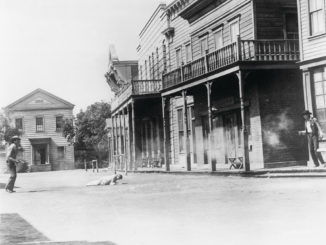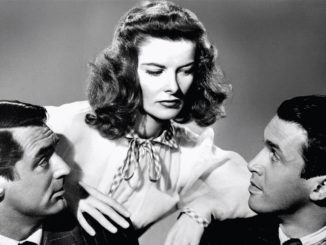
Reprinted from The New York Times by A.O. Scott on May 13, 2021.
“In the past few years I’ve found myself questioning my assumptions and doubting what I thought I knew about my country,” writes A.O. Scott in The New York Times. “What if the good guys don’t always win? What if people can’t find a way to get along in spite of their differences? What if the flawed heroes were really the villains all along? What if the arc of the universe bends toward chaos? I wonder sometimes why I ever believed otherwise. Maybe because I’ve seen too many movies, or maybe I misunderstood what I saw.
“Like many Americans, I had a movie education that was idiosyncratic, haphazard and intensive. I learned at least as much about American life from what I saw in multiplexes and revival houses, on late-night television and on VHS and DVD as I did from my teachers or parents. Moviegoing isn’t really a civic duty, but it can feel like a ritual of citizenship. You may know that what you’re watching isn’t real — historians and journalists are always eager to point out inaccuracies, omissions and outright fabrications in the Hollywood version — but you also might believe that, on some level, it’s true. That’s how mythology works: not as blatant propaganda, but as a set of stories that shape our perceptions of what’s fair, good and natural.
“The only way to see clearly is to look again, even into a warped mirror. What follows isn’t a history so much as a key to the national mythology, a guide to the civic imagination through moving-picture images. It’s inevitably both subjective and collective, since movies, though we consume them alone, are something we have in common. Maybe the only things. …






